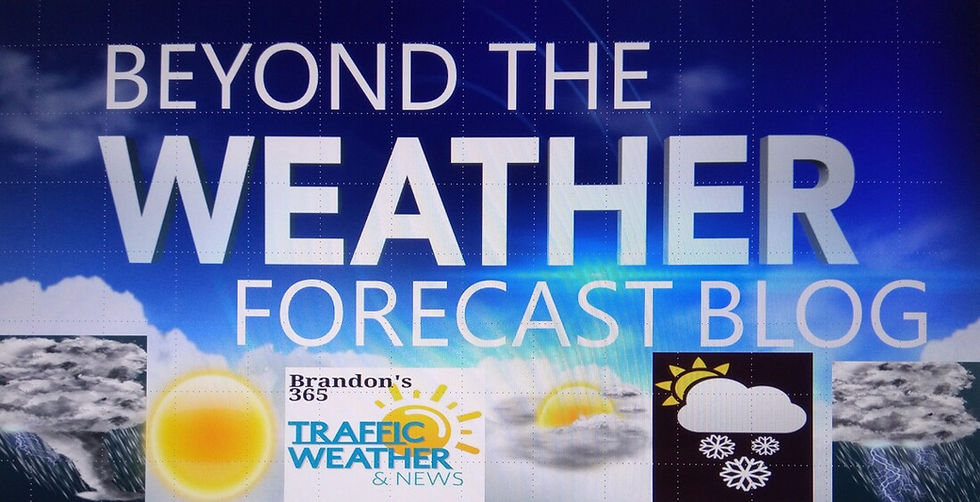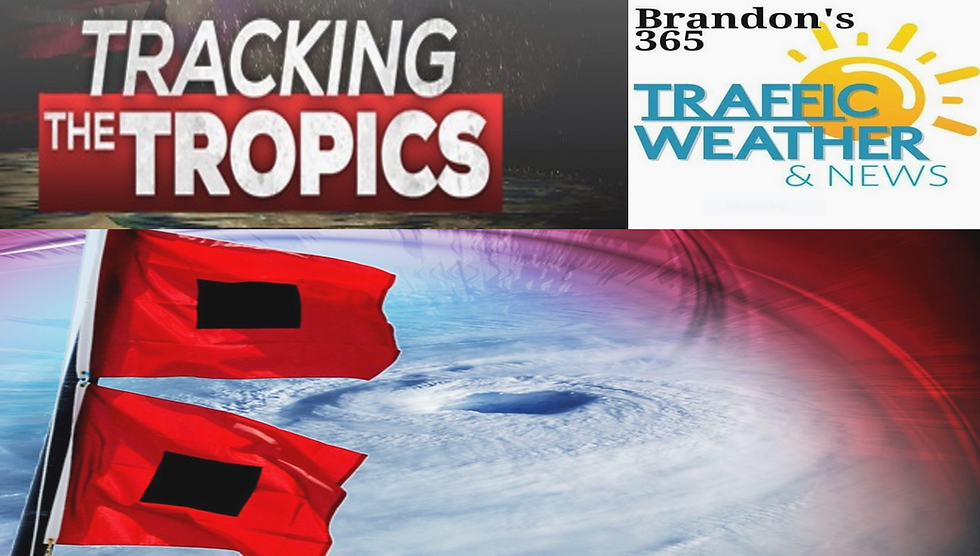Beyond The Forecast: The differences between Tropical systems.
- Brandon Shipp

- Oct 28, 2021
- 1 min read

A system first becomes a TROPICAL DEPRESSION: A tropical depression is a tropical cyclone that has maximum sustained winds below 39 mph. Once a tropical depression forms, the National Hurricane Center gives it a number based on its order of formation in the hurricane season. TROPICAL STORM: A tropical storm is a tropical cyclone that has maximum sustained winds from 39 to 73 mph – an upgrade from a tropical depression. The NHC assigns names to tropical storms using the official name list for that season developed by the World Meteorological Organization. The name lists rotate every six years, unless a particular storm is so destructive and/or deadly that the World Meteorological Organization votes to retire that name from future use. HURRICANE: Once a tropical storm’s winds reach 74 mph, it is called a hurricane and maintains the same name it had when it was a tropical storm. If a hurricane’s winds reach at least 111 mph, Category 3 or higher on the Saffir-Simpson Hurricane Wind Scale, it becomes a "major" hurricane. However, that does not mean Category 1 or 2 hurricanes, or even tropical storms or tropical depressions, can’t also have major impacts from rainfall flooding, storm-surge flooding, strong winds or tornadoes. Even Tropical Depressions and Tropical Storms can cause major problems and bring significant impacts especially in terms of life threatening flooding.









Comments